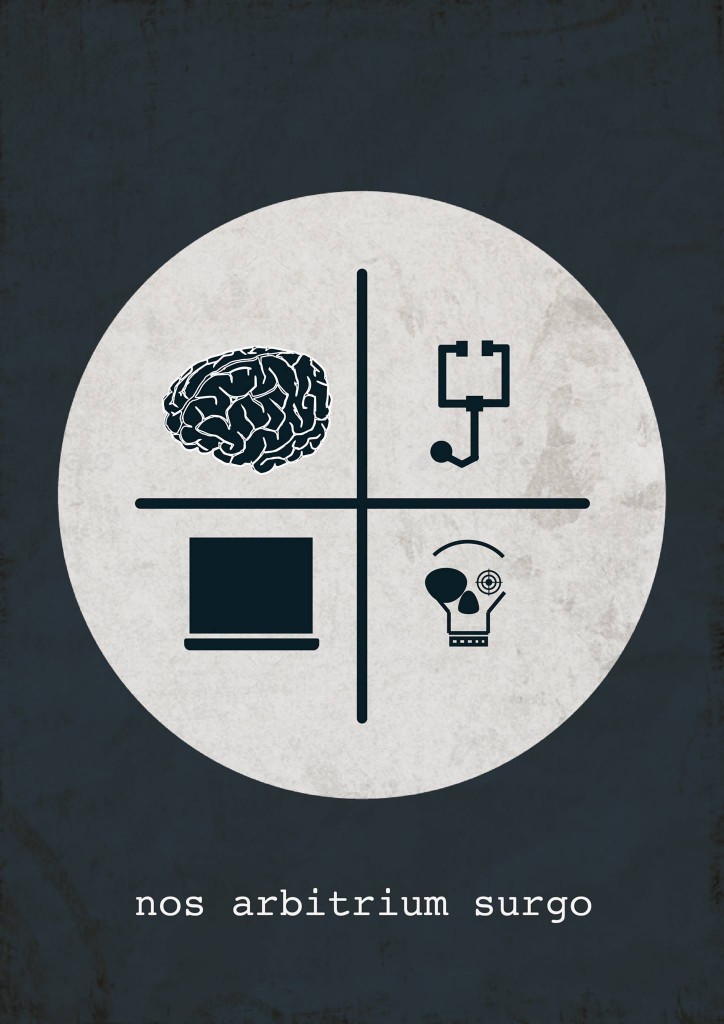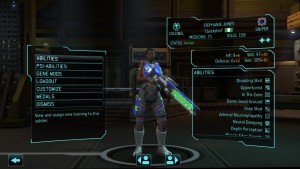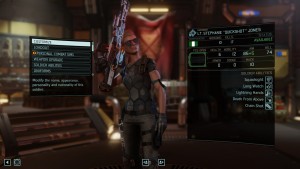For the upcoming projects regarding transmedia storytelling, Farina and I have decided to try and merge our two rough ideas together to create one universe. My idea provided the project with a universe and setting in which to place it. Namely the narrative takes place in a world where aliens have conquered Earth after humanity surrenders and signs an alleged ‘peace treaty’, sparking a new age for humanity.
Farina provided the project with a story line and end goal in which we’ll incorporate into the project. Farina’s initial story for project 1 revolved around a detective paranoid by noises of ticking around him, thinking it’s a bomb that he must find only to find out that the ticking originated from a metronome.
We decided to combine these two aspects of universe/setting and plot together to create a narrative that will revolve around a group of resistance members fighting against the alien forces though covert ops as they find out the true nature of the signed ‘peace treaty.’ This peace treaty while announced to the public that would bring humanity and the alien forces closer together in harmony, was actually signed by the leaders of humanity in order to negotiate the price of peace, that price being black op genetic research conducted in various gene labs located around the world, hidden in plain sight. The main transmedia narrative takes place as the aliens begin to find out that the resistance is closing in on one of their secret gene labs, and have decided to plant an explosive device that’s set to go off in a certain amount of time, making it look like an accident. The resistance members get word of this and plan to stop it before it explodes.
As for how we planned for this to be created as a Transmedia narrative, we planned on using things such as:
- Journals/Diary Entries
- Social networking sites
- Audio/Video Logs
- Puzzles
- Posters
(These are just some of the platforms we’ve decided on, so they’re subject to change).
The journals/diary entries and audio/video logs will be used to help establish the characters (members of the resistance); as well as social networks, although we’re not sure at this stage.
Puzzles will be used as an interactive platform the audience an engage in, e.g. solving a encrypted message and posting it on a site/social network where the results of the message could affect the ending of the story.
Posters more just to establish the setting, to create something tangible that reflects the workings and setting of the universe.
That’s the initial idea, obviously this is all subject to change over time based on the complexity of how we want to create this narrative.


 Jones in X-Com:Enemy Unknown
Jones in X-Com:Enemy Unknown Jones in X-Com 2
Jones in X-Com 2